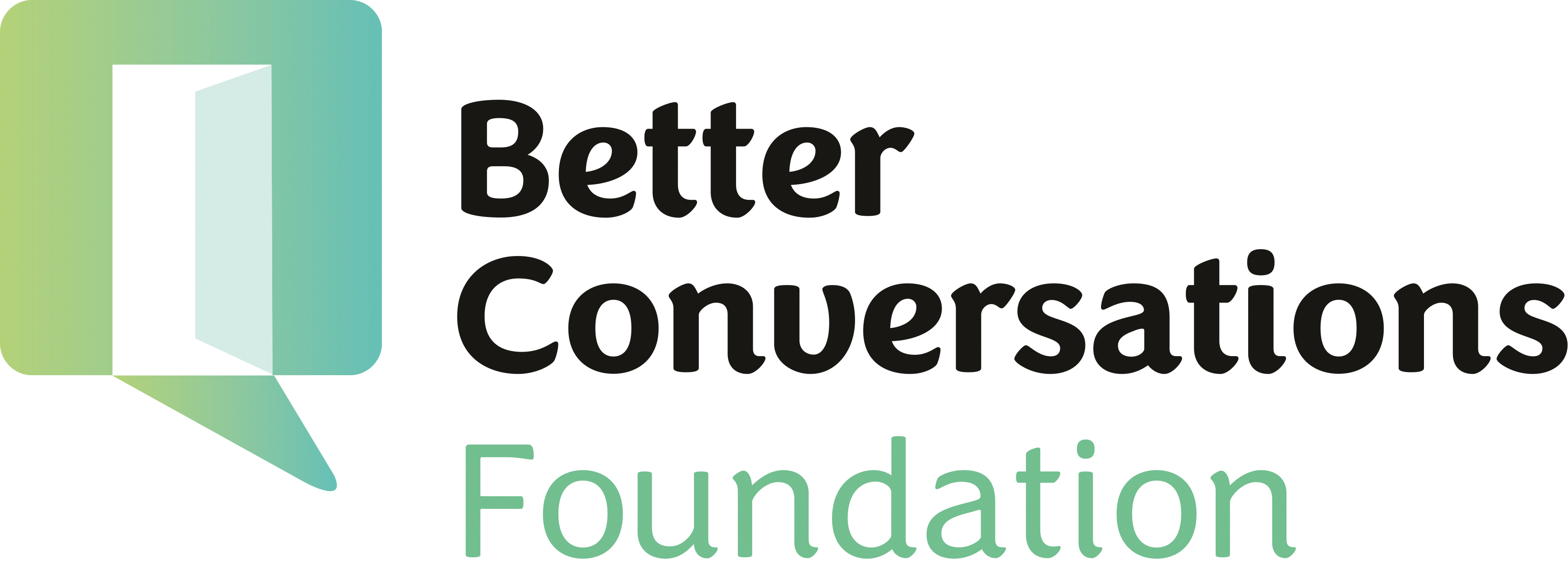Pre-Empting Accessibility Needs#
Tags accessibility welcoming chat connection access
Warning
This page is under construction
Accessibility design ensures our courses are welcoming and effective for all participants. This pattern describes how we design for diverse needs from the start, rather than retrofitting accommodations later.
Using this pattern#
This pattern addresses these learning challenges:
How to support diverse participant needs
When to provide alternative access methods
How to maintain engagement across differences
Ways to ensure inclusive participation
Methods for adapting delivery
The pattern is particularly valuable when:
Context#
This pattern is most useful at the start of any module where you want to be respectful and welcome to everyone who joins the session.
Problem#
How to cater for potential accessiblity limitations of attendees.
Solution#
Create a habit of building alternative methods of access into the session
Forces#
Recognising participant challenges
Ensuring the design is open to all
Implementation#
Be Inclusive: Don’t make assumptions that everything will work
Consider different modes of access: Consider alternative means to communicate. Use large text, read out items.
Offer Choice: Give participants a choice of what they can do.
Examples#
People joining on an iPad have chat view
Observation from CSV: “People with cameras off - hard to know if they are engaging “
Observation from CSV: “Ieva said the same thing, it was useful for her and Simina to do it together and can use this knowledge and incorporate it into their work life.”
Rationale#
Participants may otherwise be excluded.
Related Patterns#
welcome-latecomers
Consequences#
Positive: More engagement, improved sense of connection.
Negative: None expected.
Starting new modules or courses
Onboarding diverse participants
Supporting remote participation
Adapting existing materials
Ensuring equal access
Architecture#
Core components:
Access Considerations:
Visual accessibility
Audio accessibility
Technical accessibility
Cognitive accessibility
Physical accessibility
Alternative Pathways:
Multiple engagement methods
Backup communication channels
Alternative activity formats
Flexible participation options
Support mechanisms
Design roles#
Course Designer:
Identifies potential barriers
Plans alternative approaches
Ensures inclusive design
Sets accessibility standards
Reviews accommodation needs
Content Developer:
Creates accessible materials
Provides alternative formats
Implements accessibility standards
Tests with different tools
Documents accommodations
Design examples#
Basic Implementation:
Standard accessibility features
Common accommodations
Essential alternatives
Basic support options
Common Variations:
Different access needs
Technical adaptations
Format alternatives
Support variations
Delivery considerations#
Key factors for successful delivery:
Participant communication needs
Technical support requirements
Alternative format availability
Accommodation coordination
Support resource access
Continuous improvement#
How to improve the pattern over time:
Gathering accessibility feedback
Learning from accommodations
Expanding support options
Improving documentation
Enhancing inclusivity
Design considerations#
Critical Factors:
Inclusive design principles
Technical constraints
Resource requirements
Support capabilities
Implementation trade-offs
References#
Related Patterns: - Using Chat Effectively to Enhance Engagement - welcome-latecomers
